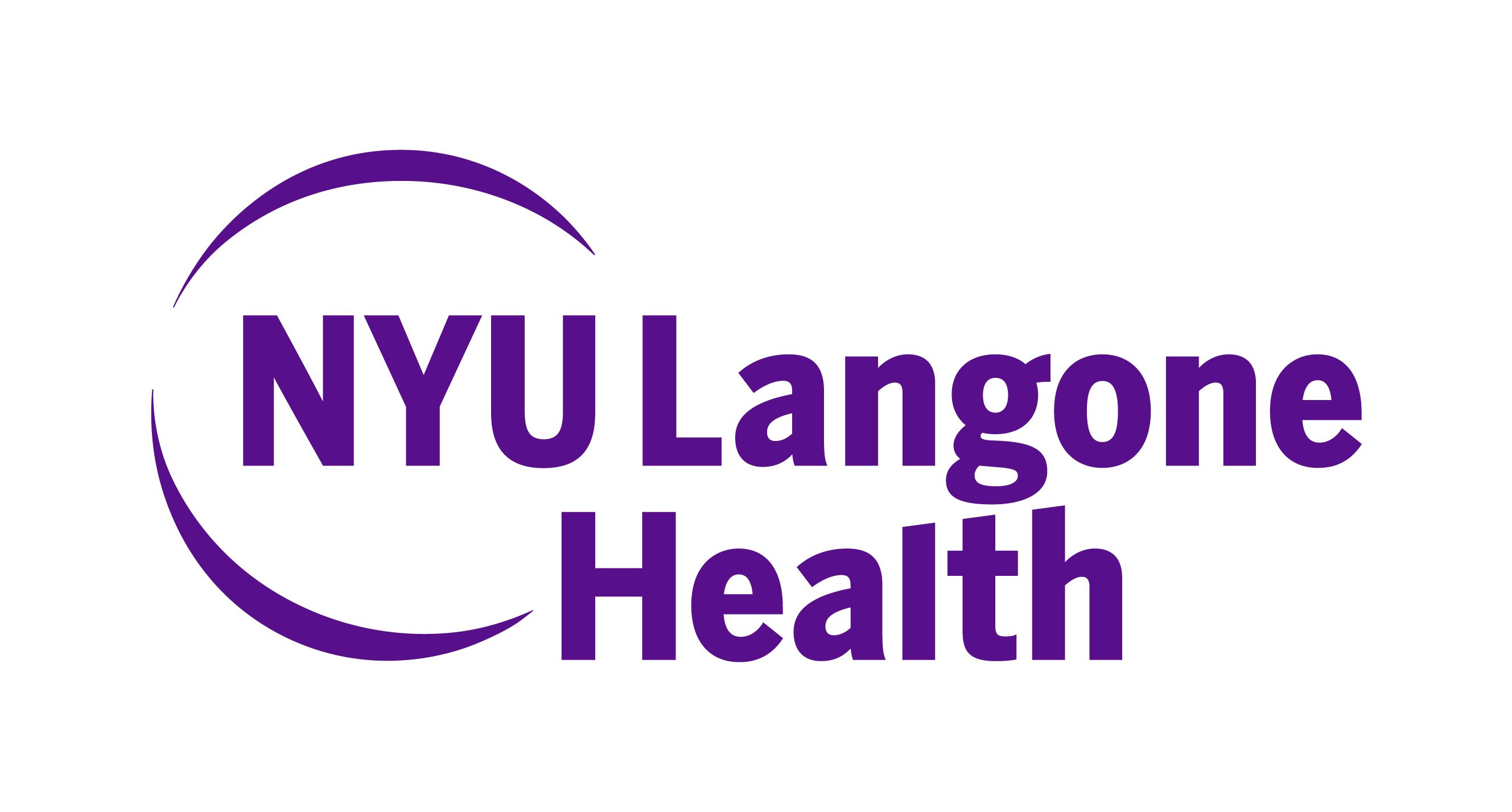
The Amyloid Cascade Hypothesis and Encouraging New Methods for Alzheimer Drug Development: Ralph Nixon, MD, PhD

The professor of psychiatry and cell biology at NYU Langone provided insight on the reaction to a new paper that challenges how traditional drug development has approached Alzheimer disease. [WATCH TIME: 4 minutes]
WATCH TIME: 4 minutes
"If you’ve invested in these vaccines that are still and trials, go ahead and see if they do something different than the previous trials have done. You’ve invested your money, that’s understood. But at a certain point, you have to start betting on other horses and not the same horse."
For decades, those within the field of neurogenerative disease have argued that the buildup of plaques containing protein amyloid-ß outside of cells is the first critical step toward the brain damage observed in Alzheimer disease (AD). Recently published findings in Nature using a mouse model showed that neuronal damage characteristic of AD takes root inside cells, and well before these thread-like amyloid plaques fully form and clump together in the brain,thus challenging previous perceptions.1
In addition to the declining of autolysosomal acidification in neurons, investigators found that profuse amyloid ß-positive autophagic vacuoles pack into large membrane blebs that form flower-like perikaryal rosettes. This unique pattern, termed PANTHOS (poisonous Anthos) is also present in brains with AD. Additionally, the mouse model showed that following lysosomal membrane permeabilization, cathepsin release and lysosomal cell death ensue, accompanied by microglial invasion.
These significant results have potential to impact how the disease is viewed, and on a wide scale, how funds are being used in drug development. To learn more about how the clinical community has reached to these preliminary findings, NeurologyLive® sat down with senior investigator Ralph Nixon, MD, PhD. Nixon, a professor of psychiatry and cell biology at
REFERENCE
1. Lee J, Yang D. Goulbourne CN, et al. Fault autolysosome acidification in Alzheimer’s disease mouse models incudes autophagic build-up of AB in neurons, yielding senile plaques. Nature. 2022;25:688-701. doi:10.1038/s41593-022-01084-8
Newsletter
Keep your finger on the pulse of neurology—subscribe to NeurologyLive for expert interviews, new data, and breakthrough treatment updates.




















